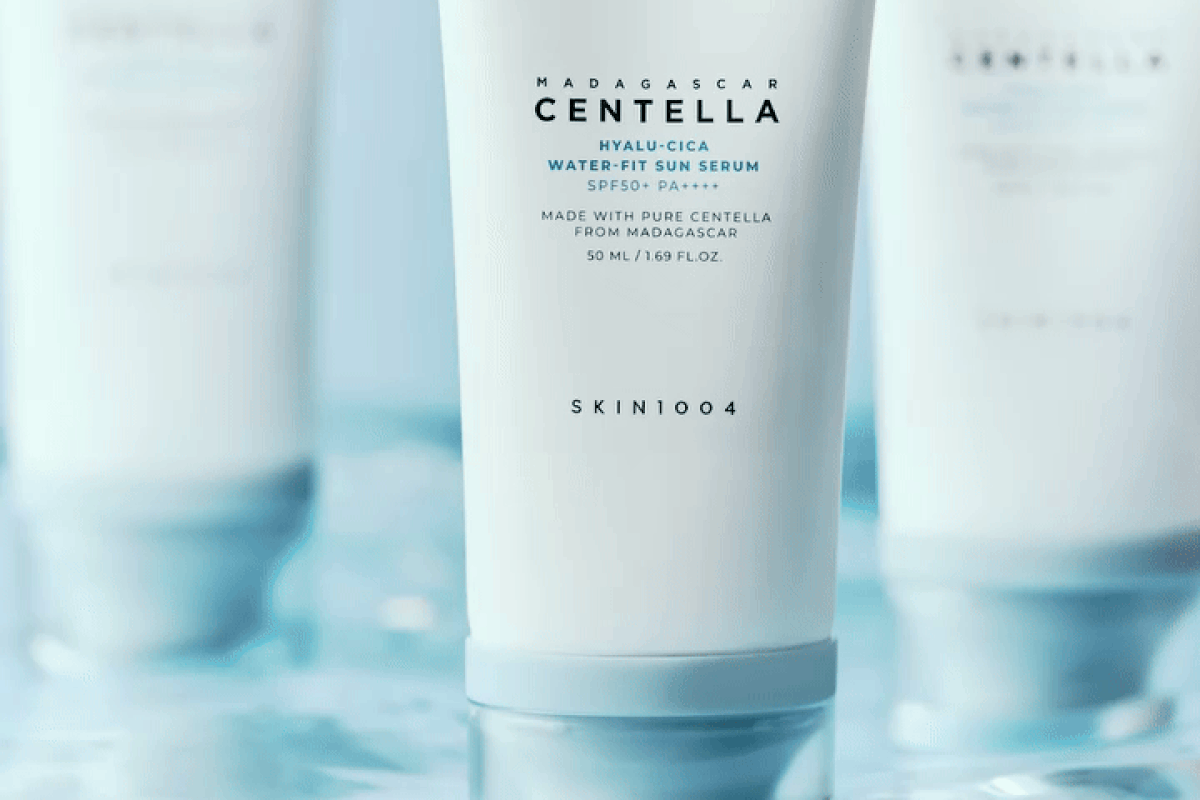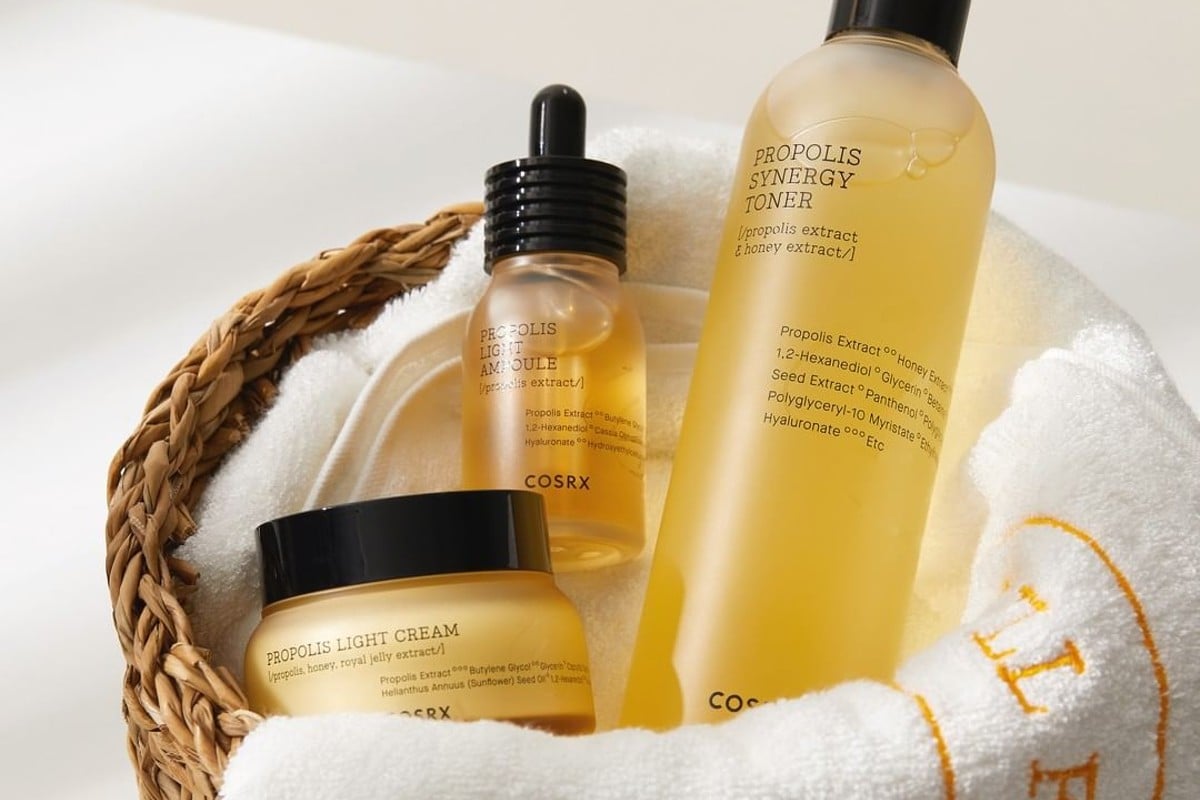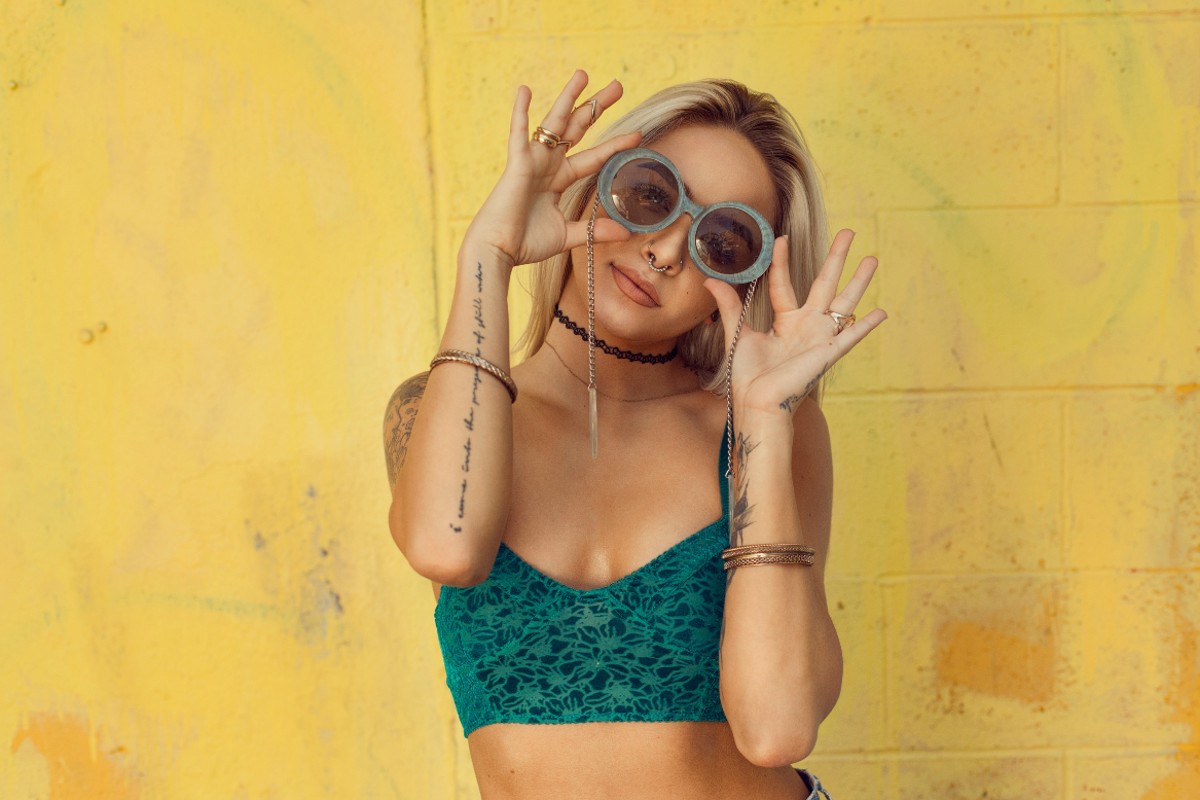You’ve probably heard at least once that Korean and Japanese sunscreens are ahead of the European and American ones. This is the never-ending battle between Eastern and Western skincare that has been going on for a while now. And I know you’ve been asking yourself why you should bother with Korean products when you’ve grown up with American brands. After all, aren’t they all the same? Well, not quite.
When you think about it, Asian culture is completely different from America, and so are the regulations. This means Korea plays by its own rules when it comes to sunscreen and formulates products with different consumer demands in mind. Ahead, we discuss the differences between American and Korean sunscreens and whether or not Asian skincare is better than their Western counterparts. We look at the standards of sun protection imposed by each country and how cosmetically elegant their sunscreens are.
Korea uses superior sunscreen filters
Why do most people believe Korean sunscreens are superior to American ones (and rightly so)? Simply because they use a wide range of UV filters that remain outside the FDA’s purview.
For example, Korea uses new sunscreen filters such as Uvinul A Plus Tinosorb S, or Mexoryl SX, while the USA is stuck with the same old avobenzone. To put this into perspective, in the US, 17 UV filters are presently regulated by the FDA, compared to 27 in the EU. The truth is FDA hasn’t given the green light to new sunscreen ingredients since the flip phones were all the rage—1999, to be specific.
It’s not because these new filters are dangerous. It’s just that the FDA is terribly bad at innovation and slow at approving new sunscreen filters.
One reason is that the USA treats sunscreens as a drug in the USA and requires a lot of testing for the approval process. Meanwhile, over in Korea, they’ve got a much faster process. They can whip up fancier formulas that address the limitations of older ones.
The real problem
For chemical sunscreens, America heavily relies on avobenzone as the UVA filter. It could be much better as avobenzone is irritating and not cosmetically elegant (it turns yellow on the skin). The UVB filters in American sunscreens, octinoxate and oxybenzone, have also raised lots of safety concerns for their potential to disrupt hormone function. The mineral sunscreens fare somewhat better. They use titanium dioxide and zinc oxide, which are the only UV filters FDA deems safe and effective at the moment. However, they are notorious for leaving a white cast.
On the other hand, countries like Korea, Japan, and Australia have newer, more optimized formulas at their fingerprints. We’re talking about more stable and skin-friendly ingredients with a broader absorption spectrum.
However, there’s some good news for the USA. The FDA is currently reviewing a promising UV filter called bemotrizinol (BEMT) that could soon be hitting the market. It’s a photostable ingredient that provides UVA and UVB protection even at low concentrations. If the FDA approves it, it will be the first to be authorized in over 20 years.
Korean sunscreens leave no white cast
The white cast is a major problem in sun care products. The culprits? Zinc oxide and titanium dioxide, the sole UVA filters that FDA currently approves for use in American sunscreens. If you prefer a mineral-based formula with broad-spectrum protection, you’ll have to settle for white residue.
Believe it or not, the white cast issue is one of the main reasons people switch to Korean sunscreens. With more advanced filters that are lightweight and invisible on the skin, Korean formulations are less likely to leave a white cast. They also rely more on UV filters with small particle sizes that have a smoother texture and better spreadability.
Different standards for the level of protection against UVA and UVB
Although both countries offer a range of broad-spectrum coverage sunscreens—those that provide UVA and UVB protection—Korea, unlike the US, is more transparent about what their sunscreens actually do.
In the US, sunscreen manufacturers aren’t required to give specific details about UVA protection. They can simply claim their product is “broad spectrum” and leave consumers in the dark about how much UVA coverage they’re really getting. It could be as low as 20% or as high as 50%, and there’s no way to know for sure. In Korea, things are different. They use a rating system called PA.
PA, or Protection Grade of UVA, is a system typically used in Asian countries to measure the level of UVA protection provided by a sunscreen. It uses a “+” symbol to indicate the level of protection, with more “+” symbols indicating higher protection. The range of PA goes from PA+ (some UVA protection) to PA++++ (extremely high UVA protection).
Another ranking system that measures the UVA protection level is PPD (persistent pigment darkening). It’s commonly used in sunscreens developed in Europa. The PA system is like a ranking system for PPD. A sunscreen with a PA++++ rating is roughly equivalent to a PPD of 16, which translates to about 94% UVA protection.
Due to Asian culture, sunscreens are more cosmetically elegant
In Asian countries, a light and fair skin tone is a “sign” of prestige and the most alluring standard of beauty. That’s why Asian women are much more inclined to wear sunscreen every day. To meet consumer demand, Korea formulates sunscreens to feel like serums rather than creams and make them more enjoyable for daily use. They strive to make them as cosmetically elegant as possible, lightweight and breathable, and of course, without leaving white or greasy residues.
Korean sunscreens have more skincare actives to deliver additional benefits
While it’s not a hard and fast rule, it’s true that Korean sunscreens tend to contain more skincare actives. They go beyond the basic function of sun protection. You’ll often find moisturizers like hyaluronic acid and Centella asiatica and antioxidants like vitamins C and E in their formulations, which is nice because they add an extra layer of hydration and protection.
Korean sunscreens are eco-friendly
Korea focuses more on eco-friendly sunscreens. Asian brands have long embraced physical filters as a preferred choice, which are considered reef-safe and less harmful to marine ecosystems compared to chemical filters commonly used in American sunscreens.
American sunscreens have more lasting power
In terms of lasting power, Western sunscreens usually outperform most Asian brands. US and EU sunscreens are more medically formulated to provide effective protection and resist sweat and water, while Asian products lean more towards comfort and cosmetic elegance. However, the tradeoff is that Western sunscreens most often come in thicker and heavier textures that tend to weigh down the skin and feel greasy.
The verdict
To give you the bottom line: Asia sunscreens are not necessarily more effective or protective than American ones. There are, of course, good and bad products in every country. However, it’s true that they are more comfortable for daily wear and are more transparent about the level of board-spectrum protection they offer. At the end of the day, the best sunscreen is the one you will wear daily.
Read next: The Best Sunscreens Without Oxybenzone And Octinoxate To Keep Your Skin And Coral Reefs Safe





